Introduction
Chenpi Chaomi Shui, a soothing and aromatic beverage deeply rooted in Chinese culinary traditions, has been cherished for centuries as a home remedy for digestive discomfort and a comforting drink for everyday enjoyment. This humble concoction combines two simple yet powerful ingredients—chenpi (dried tangerine peel) and chaomi (roasted rice)—to create a golden-hued infusion that is both grounding and nourishing. Often sipped after meals to aid digestion or enjoyed as a calming evening drink, Chenpi Chaomi Shui embodies the philosophy of using nature’s bounty to promote health and balance. In this article, we will explore the step-by-step process of crafting this beverage at home, along with insights into its cultural significance, health benefits, and creative variations.
The Art of Ingredient Selection
The foundation of exceptional Chenpi Chaomi Shui lies in the quality of its ingredients. Let’s break down the key components:
-
Chenpi (Dried Tangerine Peel):
Chenpi is not merely orange peel—it is a carefully aged ingredient, often stored for years to enhance its medicinal properties. The aging process deepens its flavor, transforming bitterness into a mellow, citrusy sweetness while increasing its concentration of bioactive compounds like flavonoids and essential oils. When selecting chenpi, opt for pieces that are golden-brown, slightly brittle, and free from mold. Traditional Chinese medicine (TCM) practitioners often recommend chenpi aged for at least three years for optimal digestive benefits.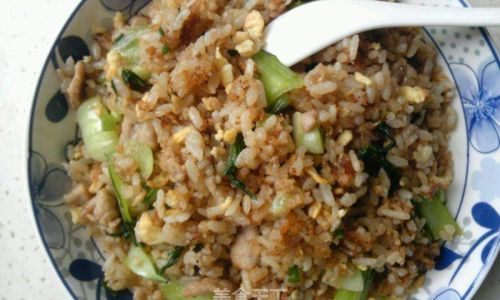
-
Chaomi (Roasted Rice):
Roasted rice, or chaomi, adds a nutty, toasty dimension to the beverage. The roasting process caramelizes the rice’s natural sugars, creating a rich aroma that complements the citrus notes of chenpi. For the best results, use short-grain rice, such as jasmine or sushi rice, as its starch content contributes to a creamy texture when brewed. Avoid pre-packaged roasted rice mixes, as they may contain added oils or seasonings that alter the drink’s purity. -
Water:
While often overlooked, water quality plays a subtle role in the final taste. Use filtered or spring water to avoid chlorine or mineral aftertastes that could clash with the delicate flavors of chenpi and rice.
Step-by-Step Preparation Guide
Crafting Chenpi Chaomi Shui is a meditative process that requires minimal effort but rewards patience. Follow these steps to brew a batch that balances tradition and simplicity:
Step 1: Preparing the Chenpi
- Rinse the chenpi under cool water to remove dust or impurities.
- Using a small knife, gently scrape off any white pith remaining on the peel’s inner side. While the pith is edible, its bitterness may overpower the drink if not aged properly.
- Tear the chenpi into thin strips or small pieces to release more flavor during brewing.
Step 2: Roasting the Rice

- Heat a dry skillet or wok over medium-low heat. Add ½ cup of rice (adjust to your preference) and stir continuously to prevent burning.
- Roast for 8–10 minutes until the rice turns golden-brown and emits a nutty aroma. Avoid high heat, as it may scorch the grains.
- Transfer the roasted rice to a plate to cool completely. This step halts the cooking process and preserves its crunchy texture.
Step 3: Brewing the Infusion
- In a medium saucepan, combine 1 liter of water, 2 tablespoons of roasted rice, and 2–3 pieces of chenpi (adjust to taste).
- Bring the mixture to a gentle simmer over medium heat. Do not boil vigorously, as this may bitter the chenpi’s oils.
- Reduce the heat to low, cover, and let it simmer for 20–25 minutes. The low, slow cooking extracts the maximum flavor from both ingredients.
- Remove from heat and let the infusion steep for an additional 10 minutes to meld the flavors further.
Step 4: Straining and Serving
- Using a fine-mesh strainer, pour the liquid into a teapot or heatproof jug, separating the solids.
- Serve warm, either plain or with a drizzle of honey for added sweetness. Some prefer a pinch of sea salt to enhance the drink’s depth.
Tips for Perfecting Your Brew
- Aging Your Chenpi: If possible, store fresh tangerine peel in a cool, dry place for at least six months before use. The longer it ages, the more mellow and potent it becomes.
- Adjusting Strength: For a stronger flavor, increase the chenpi-to-water ratio or simmer the infusion for an extra 5–10 minutes. Conversely, reduce the chenpi quantity for a milder taste.
- Reusing Ingredients: The spent chenpi and rice can be brewed a second time, though the flavor will be subtler. Use them within 24 hours for the best results.
- Storage: Leftover infusion can be refrigerated for up to three days. Reheat gently to preserve its aromatic qualities.
Health Benefits and Cultural Significance
Chenpi Chaomi Shui is more than a beverage—it’s a testament to the Chinese philosophy of “yao shi tong yuan” (food as medicine). Here’s why it’s revered:
- Digestive Aid: Chenpi’s essential oils stimulate bile production, aiding in fat digestion, while roasted rice provides dietary fiber to soothe the stomach.
- Antioxidant-Rich: Both ingredients are packed with polyphenols and flavonoids, which combat oxidative stress and inflammation.
- Calming Properties: The warm, earthy flavor profile makes it an ideal bedtime drink to unwind and promote restful sleep.
Culturally, Chenpi Chaomi Shui is often brewed during family gatherings or festive occasions, symbolizing warmth and togetherness. In some households, it’s served to guests as a gesture of hospitality, reflecting the host’s care for their well-being.
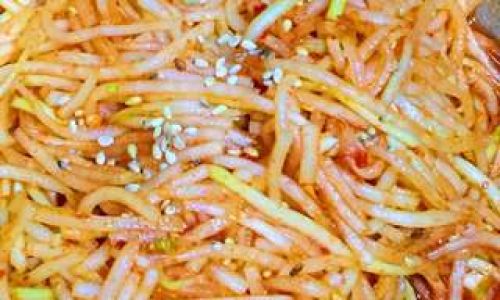
Creative Variations
While the classic recipe is timeless, feel free to experiment:
- Herbal Infusions: Add a slice of fresh ginger, a cinnamon stick, or a few goji berries during brewing for extra warmth and immunity support.
- Floral Notes: Steep a dried chrysanthemum flower or a sprig of mint in the finished infusion for a refreshing twist.
- Sweet Alternatives: Substitute honey with rock sugar, brown sugar, or a date for natural sweetness.
Conclusion
Chenpi Chaomi Shui is a testament to the beauty of simplicity—a beverage that nourishes the body and soothes the soul with minimal ingredients and maximal care. Whether you’re seeking relief from indigestion, a cozy companion for quiet moments, or a bridge to Chinese culinary traditions, this humble infusion delivers on all fronts. By mastering its preparation, you not only gain a versatile recipe but also a deeper appreciation for the art of slow living and the wisdom of using whole foods as medicine. So, gather your chenpi and rice, and let the rhythm of simmering and steeping guide you toward a healthier, more centered self.
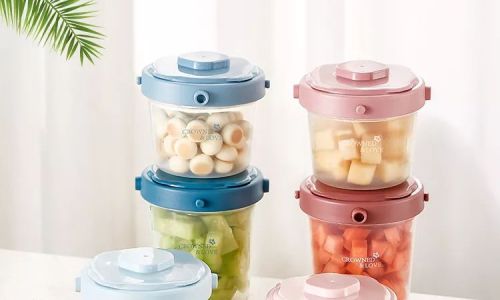


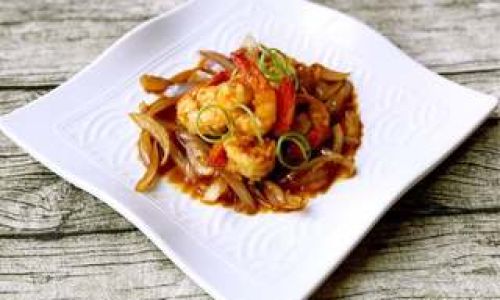
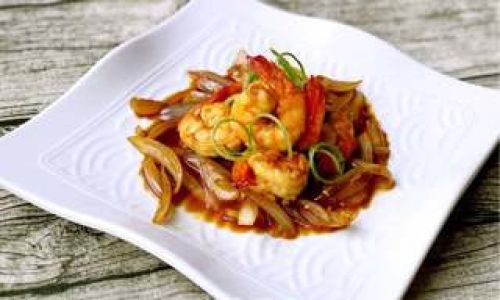

0 comments